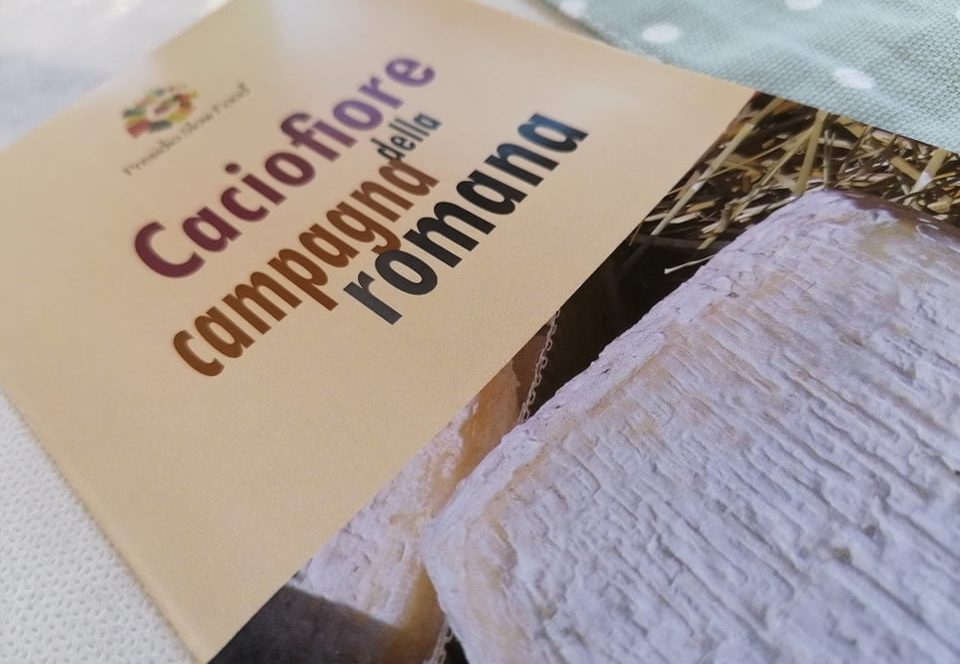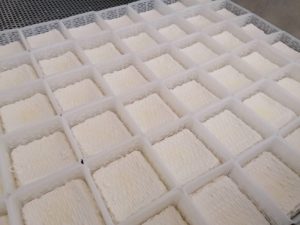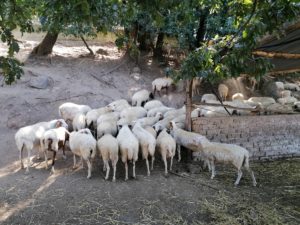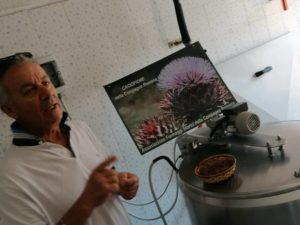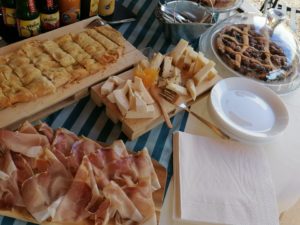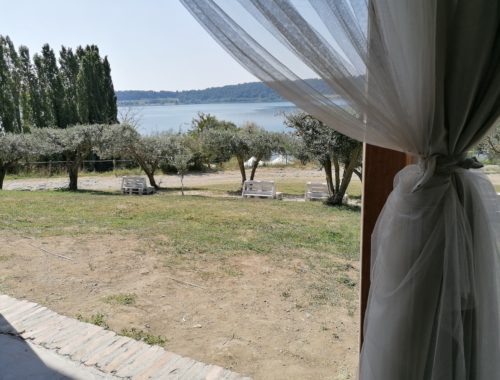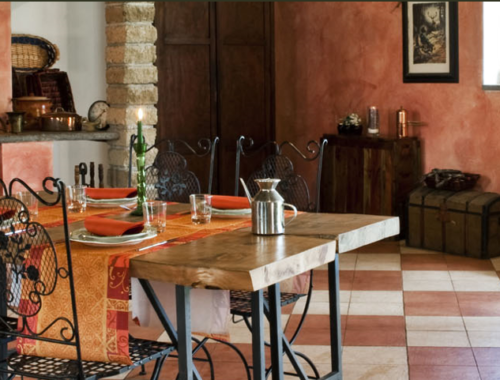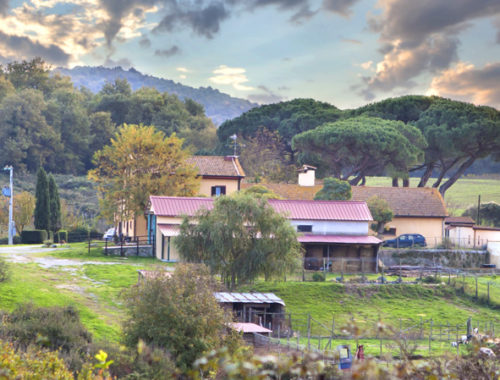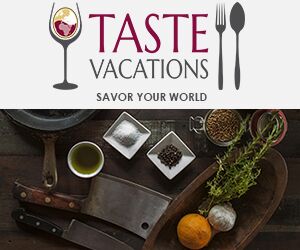“Caciofiore della campagna romana” is a cheese with deep historical roots produced in the coutryside of Rome from whole raw sheep’s milk and vegetal rennet obtained from the thistle flower; those flowers are harvested in summer when fully flowered (so with an intense violet color), dried in the dark for 15-20 days and preserved in vacuum-packages before steeping the stamens in water which, once filtered, are infused into milk. The milk coagulation takes place in 60-80 minutes, then the curd is ready to be broken (twice) into cubes which, lying on drilled baskets to purge the whey, is then salted (with sea salt) and matured for at least 30 days in order to get a square cheese of about 400g. The taste is intense and actually “genuine” (today that this approach sounds so fashionable), acidulous and delicately bitter with vegetal hints also recalling artichoke.
Slow Food association with the recognition of the so-called Presidio (Presidum of Caciofiore della campagna romana) protects this technique of ancient origins, already mentioned by the latin Columella (in its work: De Re Rustica, 1st century A.D.) as well as the production as a whole if we consider that the sheeps are left free to graze in the Roman countryside as it was practiced in the past, since the time of the transhumance, when these wintered in the countryside around the capital before returning to the adjacent Abruzzo region or the Terminillo district.
A crucial reference of this production is Acquaranda company specifically located in the town of Trevignano Romano close to Bracciano lake, not only for the quality of its cheeses that hence support the prestige of such a complex activity, but because Massimo Antonini, the owner, was inspired by the French model managing to obtain derogation for the use of this particular vegetable rennet, that in the past was not listed as possible ingredient by the ASL (local Health unit) as well as for the use of caves for the maturation.
What’s more Acquaranda it has also been among the very first Agriturismo (Farmhouse) of the area with chambers, restaurant and swimming pool, also thanks to the evident passion of Massimo’s wife and daughter; it is also a reference point for workshops on cheese making for this specific historical production of the Roman territory.



